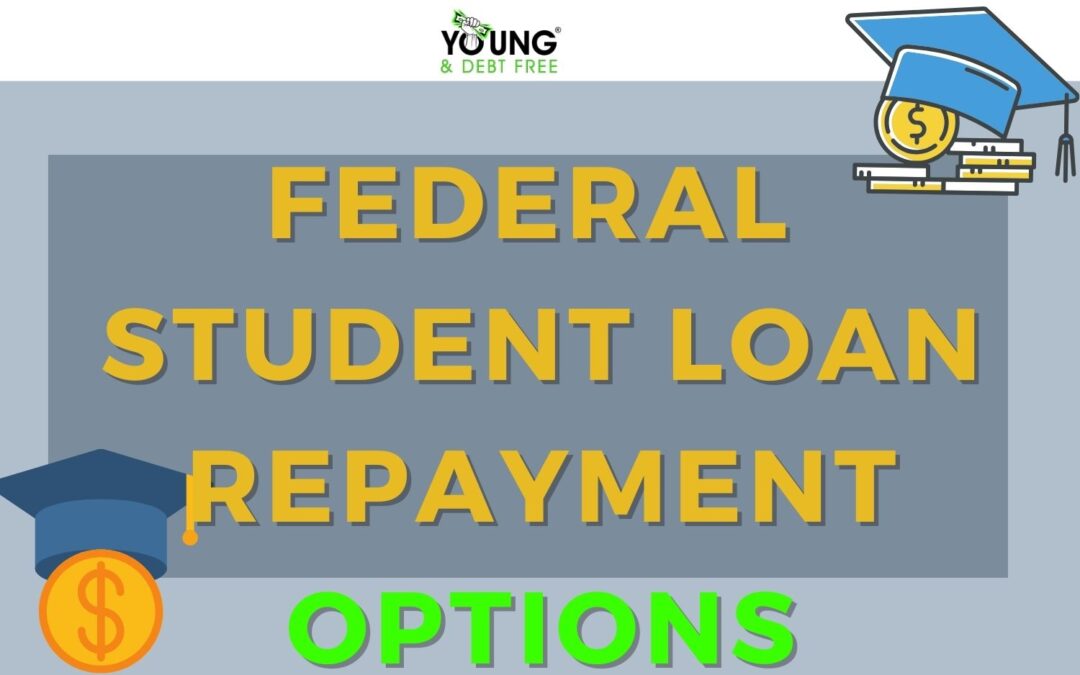it’s crucial to check the official Federal Student Aid website or contact your loan servicer for the most current information. As of 2021, here are the main federal student loan repayment plans:
- Standard Repayment Plan: This is the default repayment plan. You make fixed monthly payments over a period of 10 years.
- Graduated Repayment Plan: Payments start off lower and then gradually increase, usually every two years. The plan lasts for up to 10 years.
- Extended Repayment Plan: This plan allows you to extend the repayment period up to 25 years, either with fixed or graduated payments.
- Income-Driven Repayment Plans (IDR): These plans base your monthly payment on your income and family size. There are several types of IDR plans, including:
- Income-Based Repayment (IBR) Plan: Generally, 10-15% of discretionary income, depending on when you borrowed your loans.
- Pay As You Earn (PAYE) Plan: 10% of discretionary income. To qualify, you must be a new borrower as of October 1, 2007, and have received a disbursement of a Direct Loan on or after October 1, 2011.
- Revised Pay As You Earn (REPAYE) Plan: 10% of discretionary income for undergraduate loans, 15% for graduate or professional loans. REPAYE is available to all Direct Loan borrowers, regardless of when they first borrowed.
- Income-Contingent Repayment (ICR) Plan: Payments are the lesser of 20% of discretionary income or what you would pay on a fixed 12-year plan adjusted to your income.
- Income-Sensitive Repayment Plan: Payments are based on your annual income, but the loan will be paid off within 15 years.
- Public Service Loan Forgiveness (PSLF): If you work in qualifying public service jobs and make 120 qualifying payments under a qualifying repayment plan, you might be eligible for loan forgiveness under PSLF.
- Teacher Loan Forgiveness: Teachers working in low-income schools for five consecutive years may qualify for up to $17,500 in loan forgiveness.
- Deferment and Forbearance: If you’re facing financial hardship, you might be eligible for deferment or forbearance, during which your payments are temporarily postponed or reduced.
Remember that the specific terms and conditions of these repayment plans can vary, and there might be eligibility criteria for each. It’s essential to contact your loan servicer to discuss your individual circumstances and find the best repayment option for you.

